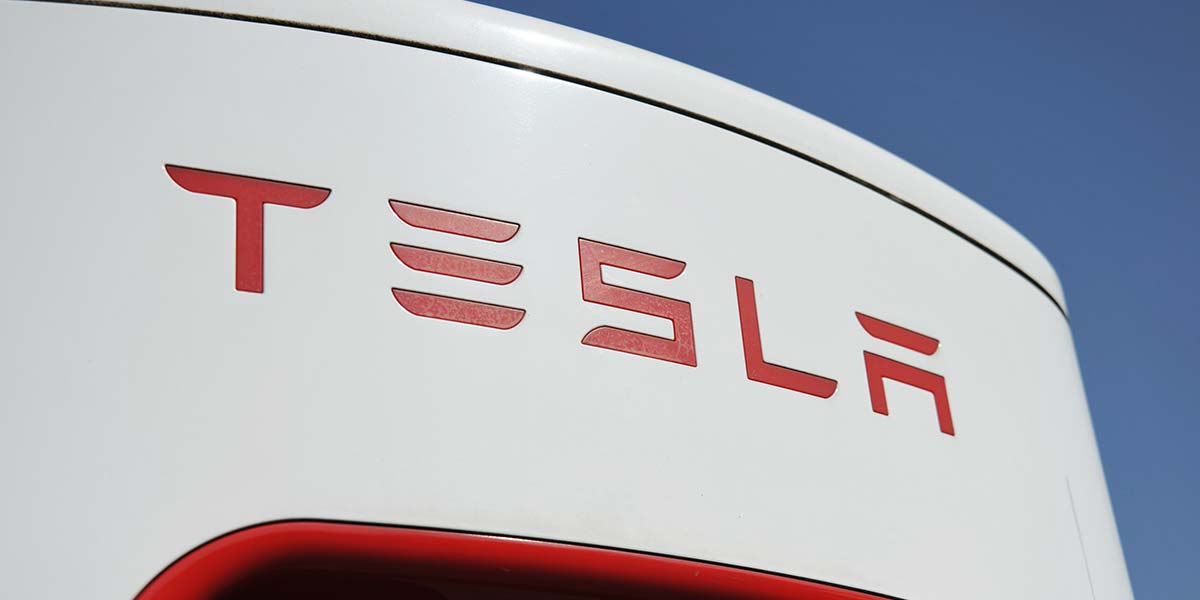Tesla launched its first self-driving taxi experiment with paying passengers in Austin, Texas over the weekend, marking a significant step in CEO Elon Musk’s ambition to make autonomous ride-hailing core to the electric carmaker’s future prospects.
Early Sunday, driverless Teslas were seen navigating Austin’s South Congress neighborhood, carrying passengers as part of a controlled trial. The pilot, involving about 10 vehicles, had its front seat passengers acting as “safety monitors,” though the precise extent of their control was unclear. Rides were offered at a flat fare of $4.20, as Musk noted on his social media platform X.
The event represents the first instance of Tesla’s vehicles transporting customers without a human driver—a watershed moment for an automaker betting its lofty valuation on the promise of AI-powered transport. Key social-media influencers were invited to document their rides across a geo-fenced zone, underscoring the project’s carefully managed scope.
While Musk touted the achievement as a landmark for Tesla’s in-house AI and software teams, analysts caution that scaling robotaxi operations remains a formidable challenge. It could be years or even decades before robotaxis become a mainstream business, said Philip Koopman, an autonomous-vehicle expert at Carnegie Mellon University, pointing to technical, regulatory, and public acceptance hurdles.
The stakes are high as many industry experts say Tesla’s multi-hundred-billion-dollar valuation now hinges on its ability to commercialize both robotaxis and humanoid robotics.
Texas policymakers, reflecting both enthusiasm and caution, have already begun establishing guardrails for the emerging driverless sector.
Governor Greg Abbott last week signed legislation requiring state permitting for autonomous vehicle operations, with the law taking effect September 1. The move, which enjoyed bipartisan support, signals a desire to ensure safety and oversight as the industry’s real-world rollout intensifies.




